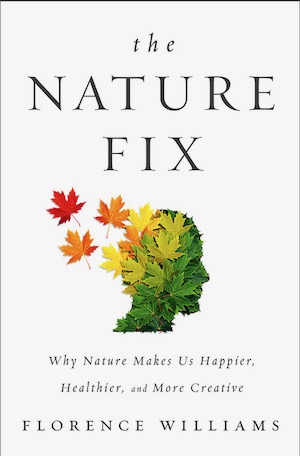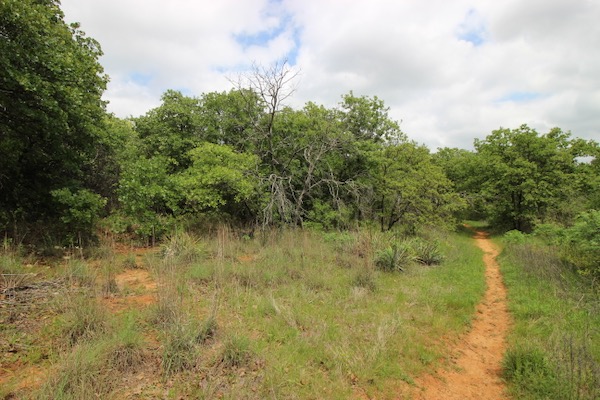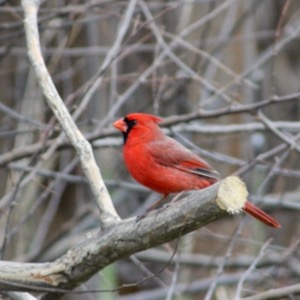
Reflections on a pond at the Fort Worth Nature Center and Refuge. Photos by Michael Smith.
Aug. 24, 2020
Imagine walking through the trees and flowers or looking at a pond’s mirrored surface, seeing them as if for the first time
You're not clouded by what you expect to see or distracted by your mind’s chatter about what you’re doing this evening, whether that bill got paid and what your friend said yesterday or how you wish you had a better camera.
That’s practicing mindfulness - deliberately focusing on the here and now, staying in the present reality.
On a mindful walk, you're taking in the various sights, sounds and smells, without hurrying to get somewhere.
You're paying attention to things many never notice - the pattern of leaves against the sky, the twisting shape of an oak branch and the dry buzzing sound from a cicada calling in the trees.
When distracting thoughts come, you let them go and bring your attention back to the present.
ANCIENT TRADITION
Mindfulness is a state of mind that comes from ancient Eastern meditation and is also a well-established strategy used in psychotherapy and health care.
Increasingly, it is being practiced while hiking or sitting in nature.
Jon Kabat-Zinn pioneered the use of mindfulness meditation at the University of Massachusetts Medical School as a way of treating stress and chronic pain. Studies of mindfulness show that it helps free us from being stuck in cycles of negative thinking and can make it easier to focus and be less distracted. We can practice mindfulness as a way to decrease depression and anxiety and become less likely to emotionally overreact.
NATURE THERAPY
 Both mindfulness and spending time in nature boost our wellness.
Both mindfulness and spending time in nature boost our wellness.
Research results are piling up evidence that nature improves mood, decreases depression and anxiety and lowers blood pressure and harmful stress hormones.
For a fairly comprehensive summary of these benefits, read Florence Williams’ book, The Nature Fix: Why Nature Makes Us Happier, Healthier, and More Creative.
Studies compare taking a walk in a nature center with walking in an urban area and consistently show the nature walk providing health benefits that an urban stroll does not.
Generally, the results favor spending time in “real” nature, but even photos and videos of nature have produced measurable positive results.
 A trail winds through the Southwest Nature Preserve in Arlington. Photo by Michael Smith.
A trail winds through the Southwest Nature Preserve in Arlington. Photo by Michael Smith.
TIPS FOR MINDFUL WALKS
How do you make a walk more mindful?
Some fairly simple things might help, but remember like anything else, it gets better with consistent practice.
• FOCUS ON YOUR BREATH. A technique that is useful in preparing for a mindful walk is to spend some time focusing on your breathing. You do not have to breathe in some special way, but it’s good to shoot for slower, fairly deep breaths.
• LISTEN TO YOUR BODY. Pay attention to how your body feels as your stomach expands and contracts with the breath. Close your eyes if it helps to direct your attention inward.
• IGNORE STRAY THOUGHTS. Thoughts and recollections may come to you during this breathing exercise – after all, much of our waking time is spent thinking about things, even when we would just as soon not do so.
Don’t worry about this, just bring your attention back to your breathing (and during the walk, bring it back to what you experience around you and within your body at that moment).
Even if you have to bring your attention back over and over, keep doing it. You are training your mind to use this time to let go of worry and planning, and it takes practice.
 Photo by Michael Smith.
Photo by Michael Smith.
• STOP AND LOOK. Once you start walking or perhaps sitting beside a pond or under a tree, resist that temptation to identify, catalogue and move on. Like when you say, “Yeah, a northern cardinal, I see ‘em all the time.”
Take a moment to really see this bird, and how the sunlight brightens his colors and the sound of his pure, musical call.
Try not to let your hike become a checklist in which you see something, register what it is and move on, like checking it off a “to-do” list.
• SAVOR THE MOMENT. If you can be fascinated with the colors and textures of a patch of prairie grasses, then give yourself the time to do so. In fact, if you set aside the judgment about the ordinariness of an oak tree or the glimpse of a sunfish swimming in a pond, you may get pulled in to that moment and find that it is not ordinary at all. You might find yourself completely awake to all that there is to see, feel, hear and smell on your morning hike.
Stay up to date on everything green in North Texas, including the latest news and events! Sign up for the weekly Green Source DFW Newsletter! Follow us on Facebook and Twitter. Also check out our new podcast The Texas Green Report, available on your favorite podcast app.









